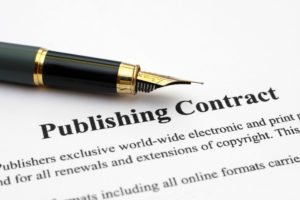Quick links, bringing you great articles on writing from all over the web.
Well howdy partner, rustle on up a stool and sit a spell. The reason why I picked this article to share with you is that it is more about writing a story with western spirit than an actual western. There is really a lot of great information in this post, even if you never though of saddling up and heading out yonder to ride off into the sunset. Do yourself a favor and go read excellent post at Standoutbooks.
~ * ~
The 3 Golden Rules Of Writing A Western

June 22, 2016 by Robert Wood
Westerns are a strange genre of fiction. They’re generally set in one place, deal with one kind of character and utilize a specific but limited aesthetic language. At first glance, it seems like such a specific setup that this fully fledged genre should actually be just a niche interest. Cowboys on their horses always seem to belong to the generation before, yet the Western never really leaves, with constant new films, novels and video games published in the genre year after year.
Clearly Western fiction has something special to offer. By understanding what that is, authors can prepare themselves to write great Western stories. To that end, this article will cover the three golden rules of the Western, along with some advice on how to apply them to your own writing.
Rule #1 – It’s not about the cowboy hat
As I mentioned above, Westerns have an easily identifiable aesthetic (or ‘look’). The cowboy hat, horse, revolver and spurs are shorthand for a familiar, trustworthy character. In the Pixar children’s movie Toy Story, the writers use Woody the cowboy doll to support and introduce an outlandish world in which toys come to life. Dropped into this strange setting, children are greeted by the familiar and orientating presence of the dependable, recognizable cowboy.
~ * ~
If you liked this article, please share. If you have suggestions for further articles, articles you would like to submit, or just general comments, please contact me at paula@publetariat.com or leave a message below.











 by Pat Haggerty
by Pat Haggerty